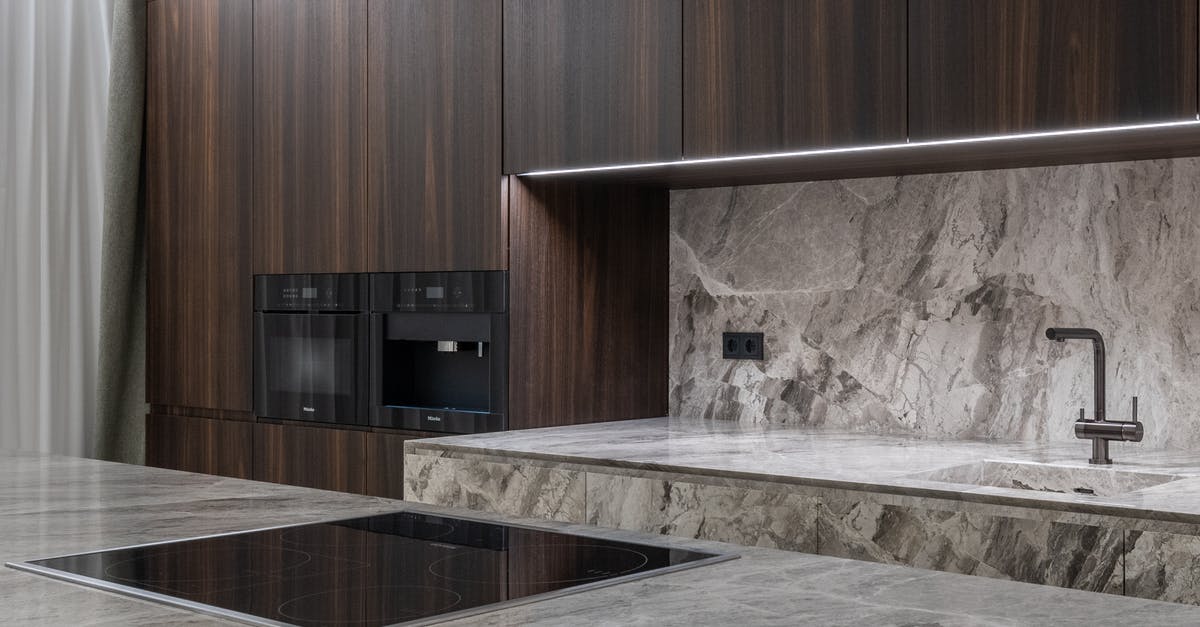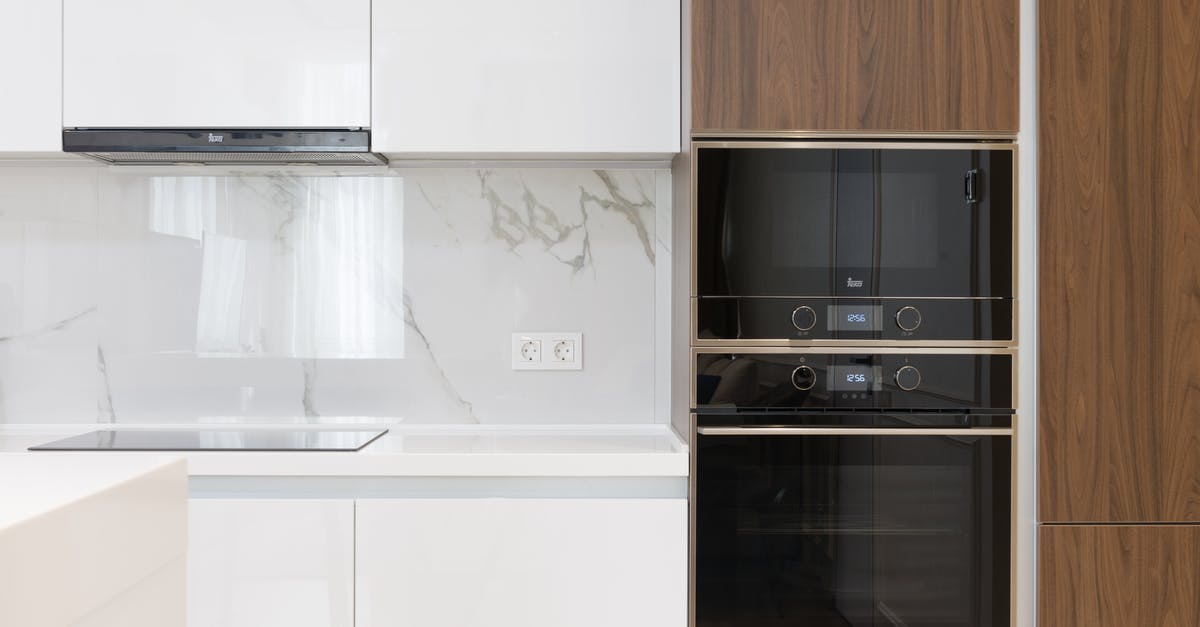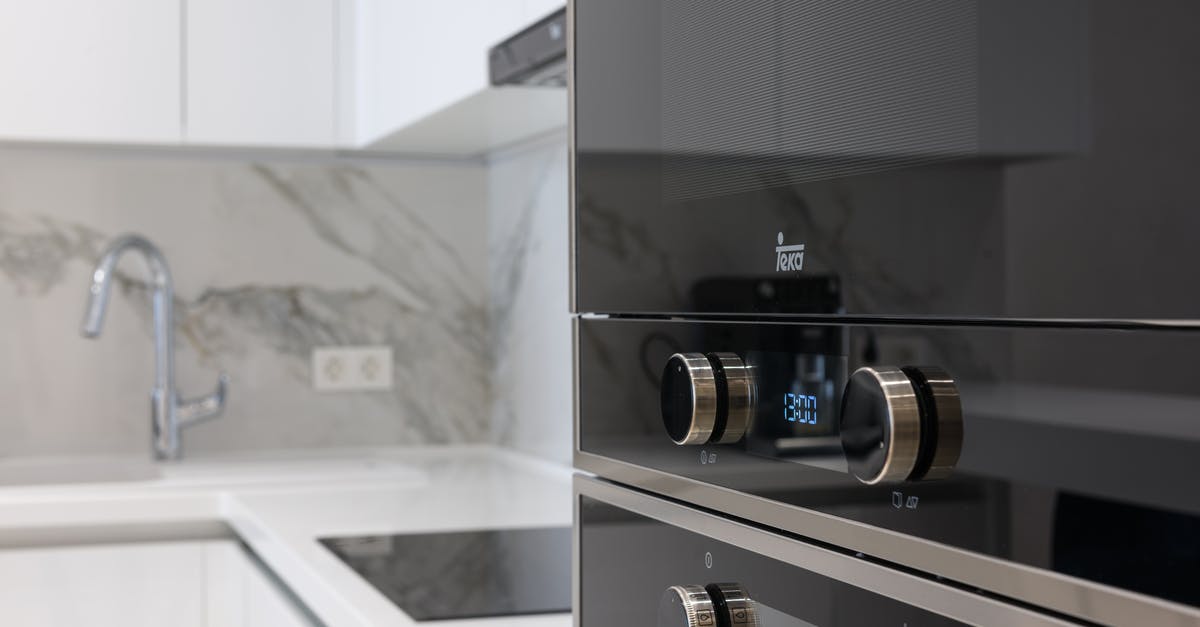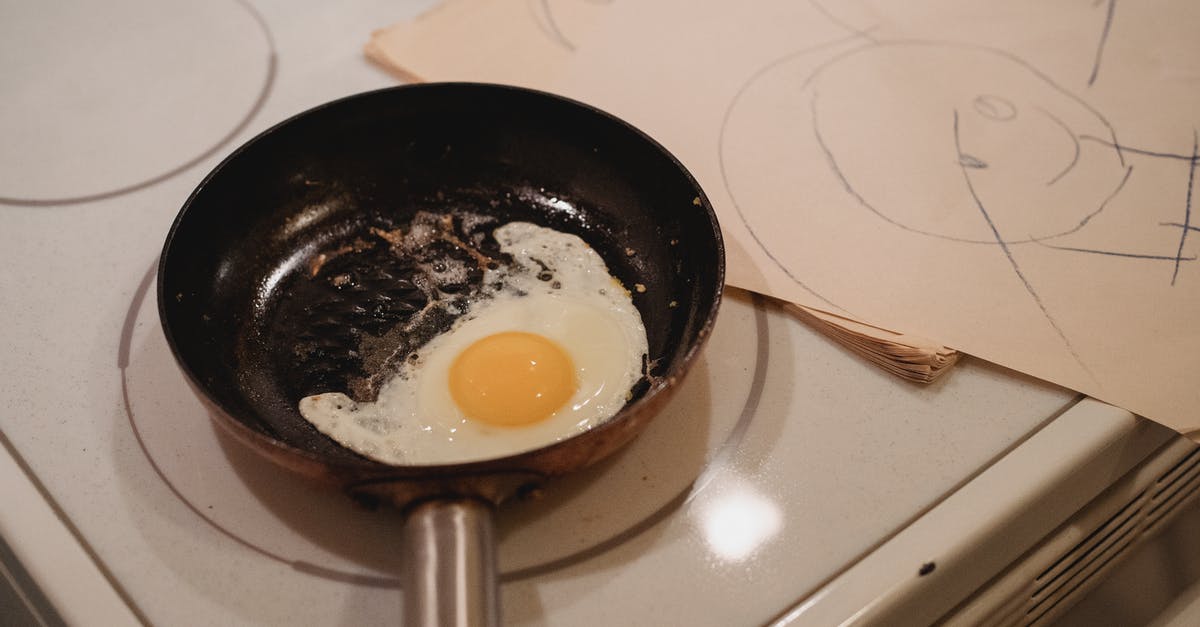Does an induction stove require flat bottomed vessels?

Does an induction stove require flat bottomed vessels? What materials besides stainless steel works for an induction stove?
Best Answer
Most reputable sources say that curved surfaces such as woks don't work as well on induction stoves. They even make special tools and cooktops for inductively heating woks. This phenomenum could be because of the angled surface or the extra distance from the cooktop, but it's probably both. It's not that these surfaces are immune to induction heating, just that they aren't efficient.
Angled surfaces won't respond as well to induction stoves since the maximum amount of energy is generated in a surface when it's flat with respect to the stove. (Magnetic induction is proportional to the cosine of the angle between loops, for those of you who want to know the physics).
Distance is probably the biggest factor. Induction works at a small distance from the stove (there are numerous examples on the web of induction heaters working through newspapers or a magazine.) However, the design of these cooktops makes it so the magnetic field that drives the heating dies off over a very short distance (For example, the Swiss Federal Office of Public Health determined when studying their effect on pacemakers that the field is negligible after 10 cm or 4 in).
As far as what materials work, usually cookware that's induction cooktop compatible has a curly icon on the box to indicate this. Common compatible materials include magnetic stainless steels (not austenitic steels), iron, and carbon steel. The article on induction cooking on Wikipedia has a great explanation on what cookware works for induction cooking and why.
There common rule of thumb is that if a magnet sticks to the bottom of a pot or pan, it's compatible with an induction stove. Surface resistance is a more scientific measure, but to get the complete picture of why certain things do or don't work would require a college course in material electromagnetics. For a more detailed analysis, see the wikipedia page I linked. For most cookware these are only minor concerns compared to the magnet test, until you accidentally leave aluminum foil on an induction stove and it starts to melt.
It should be noted that cookware needs some inductive metal in it, but not all of it needs to be an inductive metal. Some cookware designed for an inductive stove has an iron bottom with aluminum sides because aluminum conducts the heat better for more even cooking. Clad cookware with a mixture of the right metals works too.
Pictures about "Does an induction stove require flat bottomed vessels?"



Quick Answer about "Does an induction stove require flat bottomed vessels?"
Any vessel that you can stick a magnet to will work with induction. The material to be heated needs to be in contact with the surface, so a curved bottom like a true wok will not work because there will not be enough surface area in contact.Can we use normal vessels on induction stove?
Induction tops typically will not heat copper or aluminum vessels because the magnetic field cannot produce a concentrated current, but cast iron, enameled, carbon steel and stainless steel pans will usually work. Any vessel can be used if placed on a suitable metal disk which functions as a conventional hotplate.Do induction cooktops need a downdraft?
A vent hood is not a requirement for induction cooktops with a downdraft. For higher CFM ratings, particularly above 350, there's no benefit to adding a vent hood. When the CFM rating is lower, the fan might not capture all the vapors.What vessels are used for induction cooktops?
The induction magnet test Induction cooktops use copper coils to generate heat from electric currents directly to your cookware. In order for the induction cooktop to work, pots and pans need to have a magnetic and flat bottom. So grab a pot.How do you use non flat utensils on induction?
A converter disk is something that will allow you to use non-induction cookware with an induction cooktop. It is flat and made of stainless steel or Iron. It has a safe heatproof handle to hold easily.The TRUTH About Induction Cooking
More answers regarding does an induction stove require flat bottomed vessels?
Answer 2
While an induction stove does not require flat bottomed vessels, the heating effect will reduce quite rapidly once the material starts to curve. This may be what you need, depending on the recipe you are working with, and this is not unique to induction cooking, though the effect is more acutely felt than on traditional electric hobs.
As for materials, induction will work with any metal that can be affected by magnetism. The quick check is to bring a magnet with you when buying cookware; if it sticks to the bottom of the pan or pot you are looking at, the pan or pot will work on an induction oven.
Answer 3
Any vessel that you can stick a magnet to will work with induction. The material to be heated needs to be in contact with the surface, so a curved bottom like a true wok will not work because there will not be enough surface area in contact.
Sources: Stack Exchange - This article follows the attribution requirements of Stack Exchange and is licensed under CC BY-SA 3.0.
Images: Max Vakhtbovych, Max Vakhtbovych, Max Vakhtbovych, Kamaji Ogino
